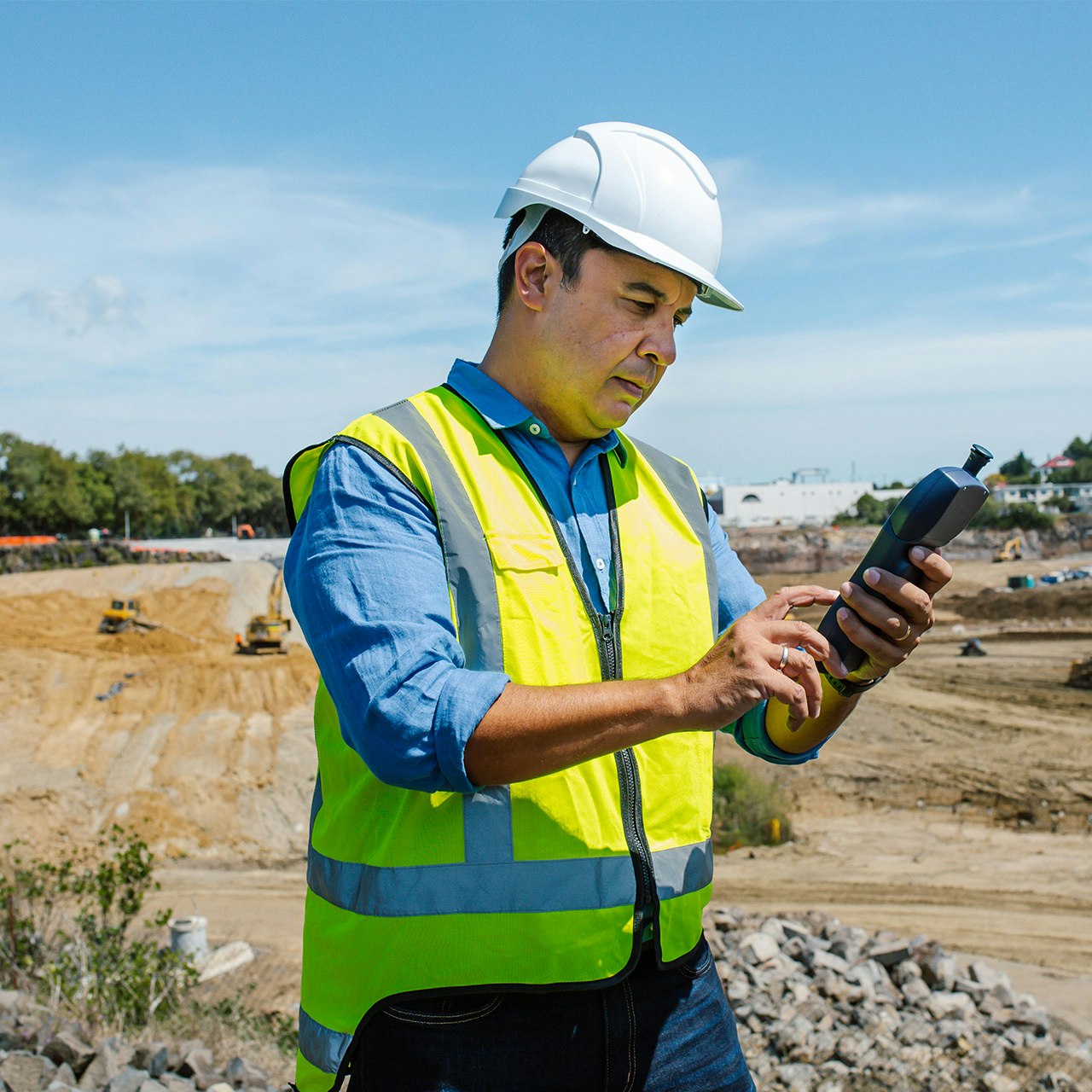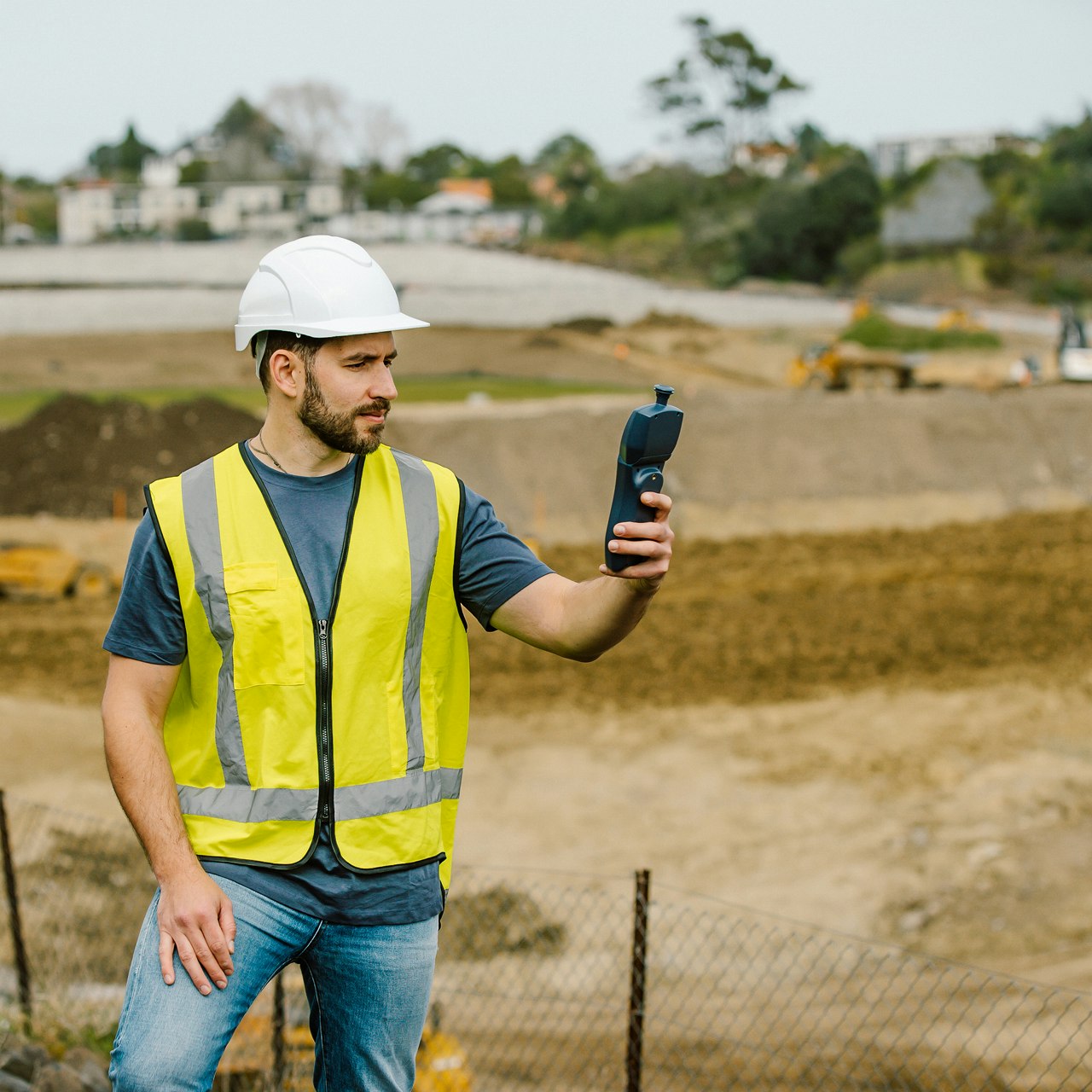Case Study
Ship-Based Air Monitoring Network Aids Development of Offshore Energy Facility
A global environmental consultancy used a series of handheld air monitoring systems to ensure regulatory compliance during the development of an offshore energy production facility off the coast of Guyana, South America.
Project Details
Project
Environmental Resources Management (ERM)
Location
Guyana
Date
2017
Services
Series 500
Measurements
SO2, H2S, NO2, VOC, CO
Sector
Occupational Health and Safety
Ship-based air monitoring network aids development of offshore energy facility
A global environmental consultancy used a series of handheld air monitoring systems to ensure regulatory compliance during the development of an offshore energy production facility off the coast of Guyana, South America. The handheld systems were mounted to a nearby research ship in the Atlantic Ocean, measuring SO2, H2S, NO2, VOCs, and CO. The low power demands and rugged nature of the handhelds were ideally suited to conditions on board the ship. The results showed low levels of pollution present, providing the client with invaluable data and enabling them to move forward safely with the project’s next steps.
Offshore air monitoring requires an outside-the-box solution
Environmental Resources Management (ERM), a leading global provider of environmental, health, safety, risk, and social consulting services was tasked with characterizing background ambient air quality to support the environmental impact assessment of a proposed new development. The client’s development was an offshore energy production facility, located in the Atlantic Ocean, approximately 100 kilometers (62 miles) off the coast of Guyana, South America. This is a service ERM routinely provides across the globe on land-based projects, but the offshore element of this project required a more novel approach to monitoring.
The project was to be coordinated from ERM’s office in Illinois, USA. However, the budget did not allow for a dedicated air monitoring technician to attend to the equipment, so the selected instruments needed to be reliable and capable of operating for extended periods without intervention. ERM required a compact solution with minimal power requirements to meet the constraints of a marine-based approach.
Robust, low maintenance system overcomes challenging conditions
To meet these needs, ERM turned to Aeroqual’s flexible Series 500 sensor-based air monitors. In all, five Series 500 monitors were deployed, measuring SO2, H2S, NO2, VOC, and CO. Since some of these pollutants are also emitted by the host ship’s diesel engines, the instruments were mounted in the bow of the ship, and two sets of wind speed and direction sensors were co-located with the air monitors (one set served as a redundant system) to determine when the sensors were downwind of ship-board emission sources.
The Series 500 monitors and sensors were selected because they could provide continuous measurements without the need for elaborate climate-controlled shelters, which would not have been feasible on board the ship. The low power demands of the small form factor of the Series 500 were also ideally suited to the facilities available on the research ship.
The Aeroqual monitors required occasional checks to ensure they were still powered on and collecting data. However, no expendables, filters, or reagent replacements were needed – another good fit for the limited resources on board. Data was recorded within each instrument’s internal data logger, providing redundancy against a single point of failure.
To help ensure accuracy, a passive monitor (diffusion tube or evacuated cylinder) was paired with each Aeroqual Series 500, providing an independent method for confirming the portable monitor’s continuous measurements.
“The Series 500 air monitors proved rugged and reliable, and were a good fit for the project demands.”
Richard Osa
Technical Director, ERM
Accurate measurements help maintain project momentum
The measurements taken by ERM showed very low levels of pollution, less than the detection limits for both the Series 500’s and passive samplers. These readings were in line with what was predicted, with no significant anomalies in the data.
The Series 500 air monitors proved rugged and reliable. While one unit stopped collecting data 35 days into the voyage, later inspection found a power cable disconnection to be the cause – an issue that could, and should, have been identified by the daily inspections.
Measurements collected by these Aeroqual monitors enabled ERM to deliver value for their client. Finding a reservoir of air pollution 100 kilometers offshore of South America would have been both an amazing discovery and deeply disturbing. Instead, the dataset provides both a solid foundation for the proposed project’s environmental impact assessment as well as a benchmark against which post-operation conditions may be compared.
Related products
Want to learn more?
If you’d like to know more about this case study, or to discuss your air monitoring requirements, please get in touch.












